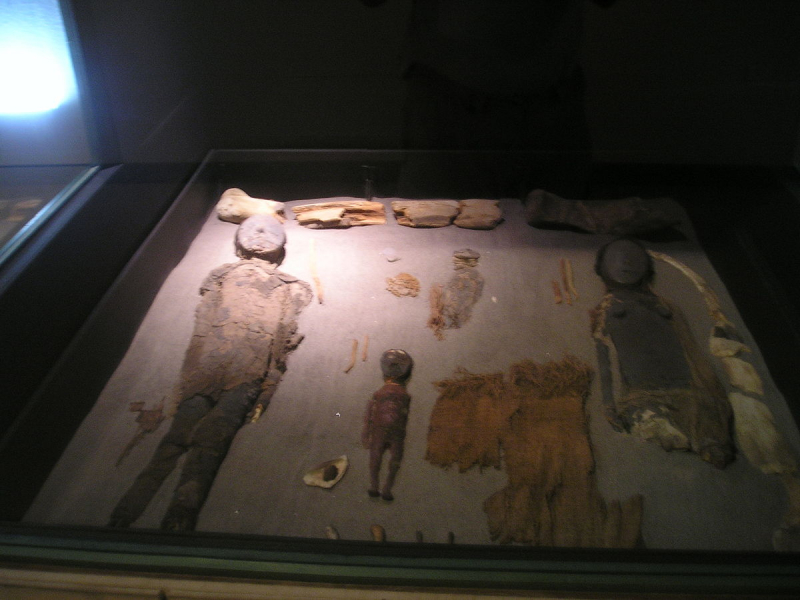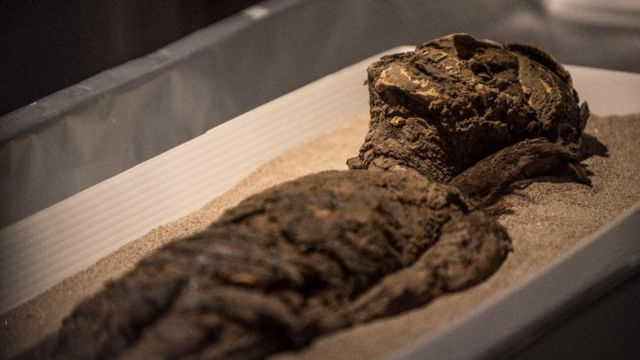The First Known Mummification Technique Was Developed by The Chinchorro
The process of mummification is so closely linked to ancient Egyptian society that the word mummy has become synonymous with it. The technique, however, was carried out by distinct cultures on every continent on the earth. Small fishing villages known as the Chinchorro generated the world's oldest known mummies. Around 7,000 BC, the Chinchorro people established in coastal bays of the Atacama Desert, in what is now Chile, and developed a mummification process around 5,000 BC. That's about 2,000 years before the Egyptians arrived. The Egyptians, on the other hand, were a complex society that mummified aristocratic pharaohs, but the Chinchorro were pre-ceramic hunter-gatherers who honored the dead in a more egalitarian manner.
The Chinchorro removed the dead bodies' flesh, dried the bones using hot ashes, reapplied the skin, and supplemented with sea lion or pelican skin when necessary. Mummification was also performed by other societies, such as the Inca and Aztec of pre-Columbian Americas; the Maori of New Zealand; the Guanches of the Canary Islands in modern-day Spain; and the Ibaloi of the northern Philippines.












